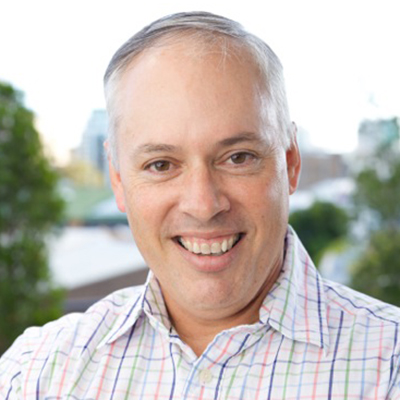The case for: Why chaplains are good for schoolkids

Wait a year and the High Court’s second school chaplaincy case will barely rate a mention.
It will be a small footnote about the balance of power between the states and the Commonwealth. It will be read by only the most conscientious law students and will add almost nothing to their learning on that subject.
• THE CASE AGAINST Keep religion out of our schools
• Join the discussion in the comments thread below
The plaintiff, Queensland man Ron Williams, boldly asked the court to rule as invalid the Commonwealth’s entire legislative mechanism for social expenditure – some 450 programs and approximately 10 per cent of the federal budget.
It could have been a landmark case. But it wasn’t. The court simply was not interested in throwing out the Commonwealth’s spending programs.
For the six sitting justices, this case was a small point of law, limited only to the school chaplaincy program: can the Commonwealth authorise direct spending for a program of support in schools – direct spending, rather than through grants to the states? The court ruled out direct spending.
But the court also said “it may be accepted some students would derive advantage” from using the services of a school chaplain. They said “it may be assumed … chaplaincy services at a school will help some students.”
That doesn’t sound much like an anti-chaplaincy decision. Sure, it’s a decision on federal spending power, but it’s hardly anti-chaplaincy.
School chaplaincy is pastoral care, not pedagogy. It’s not about converting students, but it is about providing social, emotional and spiritual support.
Spirituality is an explicit part of the program – not teaching theology and not converting students – but being a well-trained, non-judgemental, non-coercive support to students as they pull together the various facets of their lives in meaningful ways. This requires appropriate parental and student consents.
The High Court highlighted that a school chaplain’s service is accessed voluntarily and is forced on no student. That’s important. The school chaplaincy program is not about compelling religious belief on a student. Attempting to convert a student is prohibited. For all the noise about proselytising, the national rate of complaints about this is 0.4 per cent per annum – and falling. In 2013, there was one complaint nationally.
About half of a chaplain’s time is spent delivering programs for students before school, during lunch breaks and after school. That might include: a breakfast program to feed students who don’t eat at home; a lunch time group to build self-confidence and social skills; or to talk about family breakdown, growing up or bullying – providing a safe and supportive environment to discuss and process.
Sometimes, as a student gains confidence and a relationship of trust is built, mental health issues become apparent. All school chaplains are trained in how to recognise those issues and to refer to psychologists or others. The chaplain becomes a source of referral and a support person, for the student and their family.
At times of grief and loss, a school chaplain is available to the whole school community for support, working with the rest of a school’s pastoral care team as students and teachers come to terms with a tragedy or natural disaster.
At barely twenty one pages in length, the second school chaplaincy case was nothing like the mammoth, and important, first case. Neither should it have been.
The first Williams case ruled unanimously that school chaplaincy does not violate constitutional protections of church-state separation. The second case described the goals of the school chaplaincy program as ‘desirable ends’.
So now school chaplains are getting on with caring for thousands of students who choose to seek their help.
Peter James is the spokesperson for the National School Chaplaincy Association (NSCA)








